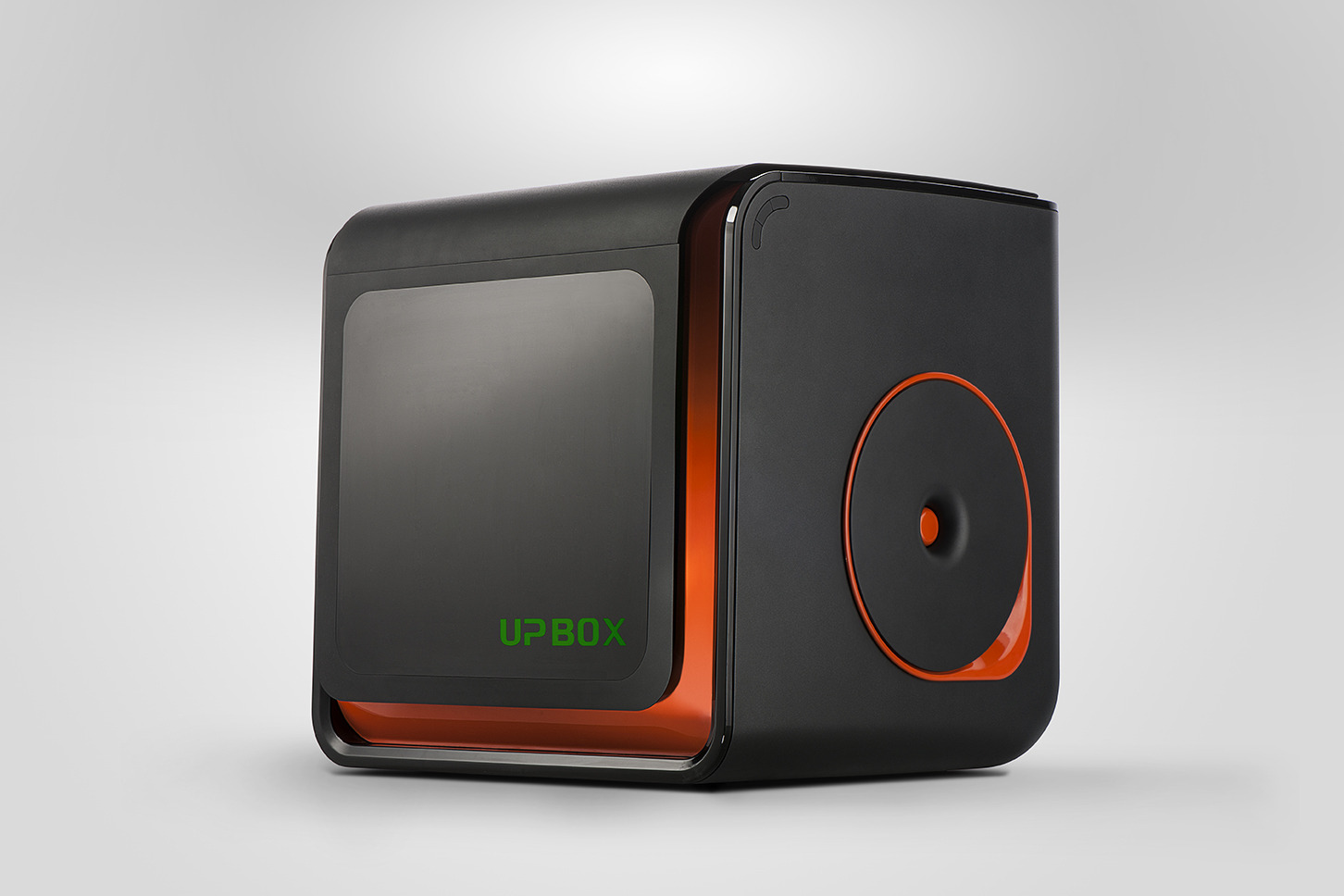3D Printer Specs: What do they mean?

3D Printers are fairly simple machines in the grand scheme of things, but weighing up the specifications of different printers can be confusing, especially when you’re not too sure what they all mean.
Here’s a handy guide to the meaning of various 3D printer specs. Bookmark this page and come back to it if you ever need a refresher:
Print/layer resolution – The print resolution, or layer height resolution indicates the height of each layer making up a print. A print with a smaller layer height will typically look better than one printed with a larger layer height (depending on other factors). Typical layer height resolutions for consumer printers are usually 100, 200 and 300 microns (0.1, 0.2 and 0.3mm). Lower layer height resolutions (below 100 microns) are available on a growing number of printers and on professional 3D printers a layer height under 50 microns is pretty standard. Additionally, a lower print resolution will lead to a longer build time due to the fact that more layers need to be placed to create a print.
Positioning precision – Positioning precision describes how accurately an axis can return or go to any specific point/height. For example, a printer has a Z precision of 2.5 microns and the user tells the printer to go to 100mm on the axis (vertical axis or height), it will be capable of going to that point within +-2.5 microns. So this means the actually height would be somewhere between 100.0025mm and 99.9975mm.
Print technology – is what technique is used to print an object. Most consumer level 3D printers use FDM/FFF (Fused Deposition Modelling), although SLA (stereolithography) and DLP (Digital Light Processing) printers are becoming more common place in the consumer market. SLS (Selective Laser Sintering) 3D printers are also available; however they are limited to the professional market.
- FDM printers work by extruding filament through a nozzle onto a print bed.
- SLA printers use a laser to cure resin together to make each layer
- DLP printers are similar to SLA printers; however they use what is essentially a projector to cure each resin layer.
- SLS printers use a laser to fuse powdered material together.
Speed – Can really be split into two parts, print speed and travel speed. Print speed is typically around 40mm/s to 100mm/s depending on the quality of the printer and the finish required. Some printers can go higher, but print speed is ultimately limited by the extrusion rate of filament. SLA printers are much slower than FDM due to the small cross sectional area of the laser used to cure the resin and the curing time between each layer.
Build volume – is measured in three directions. The Z axis is the height and the x, y axis are the width and length respectively.
Nozzle temperature – can either be stated as the max temperature the nozzle can operate at or the printing temperature recommended. Different materials may require different printing temperatures.
Print bed specs – This may include the max temperature or the operating temperature of the heated bed (if it has one). Some manufacturers may include information on the tolerance of the bed as well.
Auto-calibration – Many 3D printers require manual calibration of the platform level and height relative to the nozzle; however there is a growing number of 3D printer manufacturers that are offering automatic calibration. Automatic calibration uses sensors to automatically level the platform and set the correct height for printing, without any human interaction required.
Extruder – is the extruder model and number of extruders the printer has. Some 3D printers have multiple extruders which can print in multiple colours or materials. Additionally, the manufacturer may list whether the extruder is a Bowden or Direct. A Direct extruder is mounted just above the hot-end, while a Bowden extruder can be located on the back of the printer and pushes filament down a tube into the hot-end.
Filament – manufacturers will usually list what filament types are supported by the printer. The most common filament materials supported are ABS (Acrylonitrile butadiene styrene) and PLA (Polylactic acid); however there are a large number of printers that support other materials such as nylon. Additionally the vast majority of printers use either 3mm or 1.75mm filament sizes.
File Type – is the type of file that is used to print a model with. This file is sliced into individual layers by the printing software and then sent to the printer. Some of the file types you may come across in 3D printing could include:
- STL – files are a standard file type that interfaces between Computer Aided Design (CAD) software and 3D printers.
- OBJ – OBJ is an open file format that represents 3D geometry.
- X3G – X3G is the file type that interfaces with MakerBot 3D printers.
- VRML – VRML (or WRL) files are commonly used when a 3D model has colour.
- AMF – is a new XML-based open standard for 3D printing. Unlike STL, it contains support for colour.
Firmware – Firmware is a program which resides on the printer’s motherboard. The firmware is the link between software and hardware, it interprets commands from the G code file (generated by the file and 3d printing software) and controls the motion accordingly.





